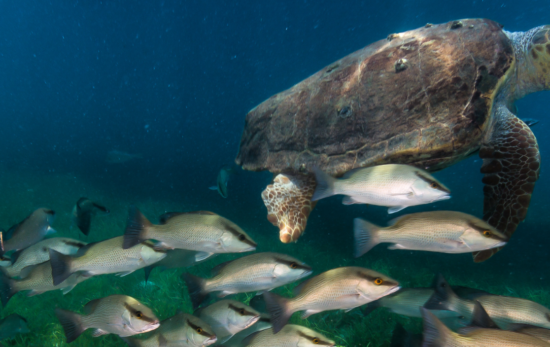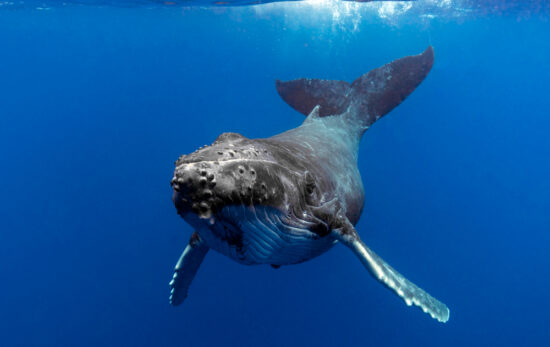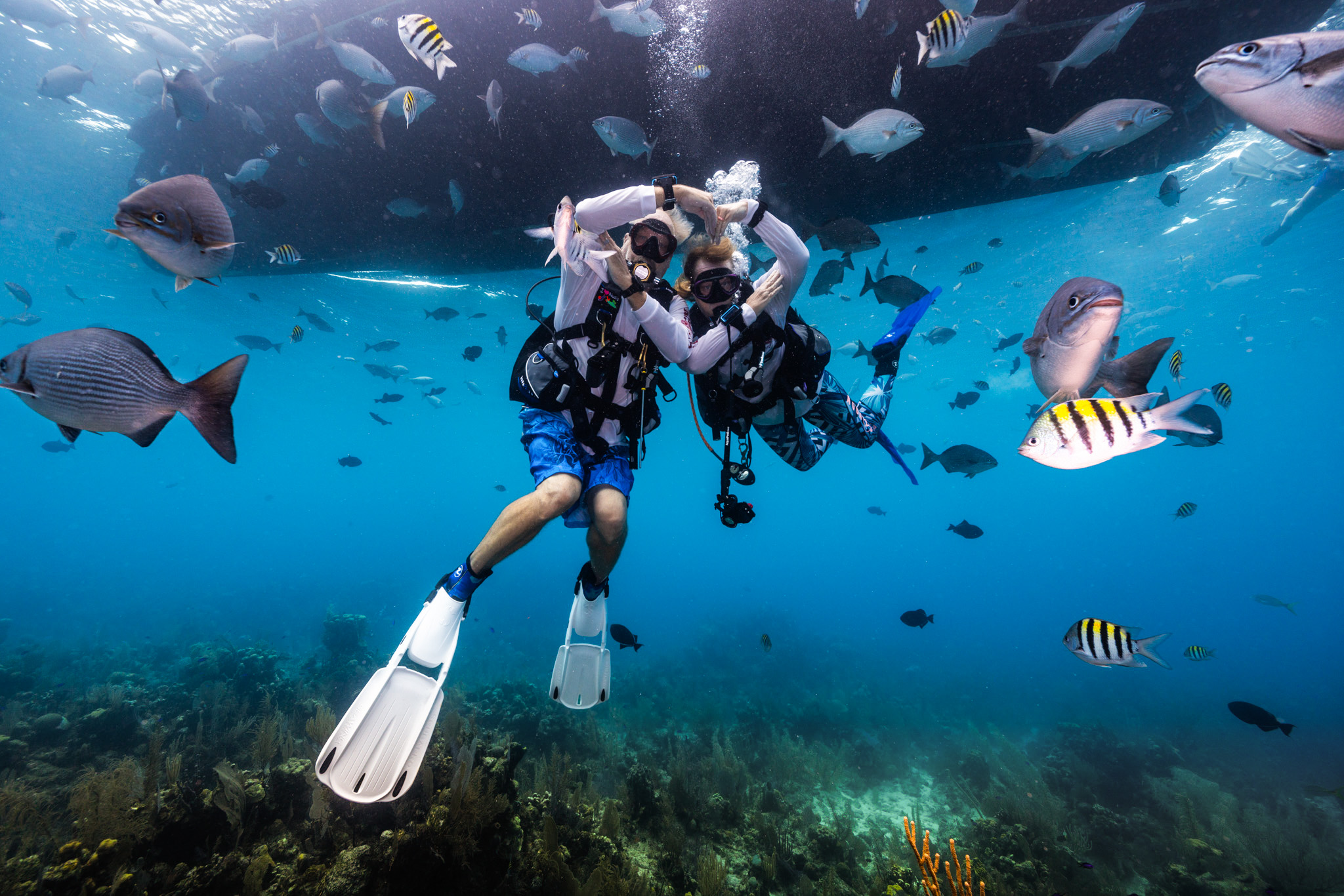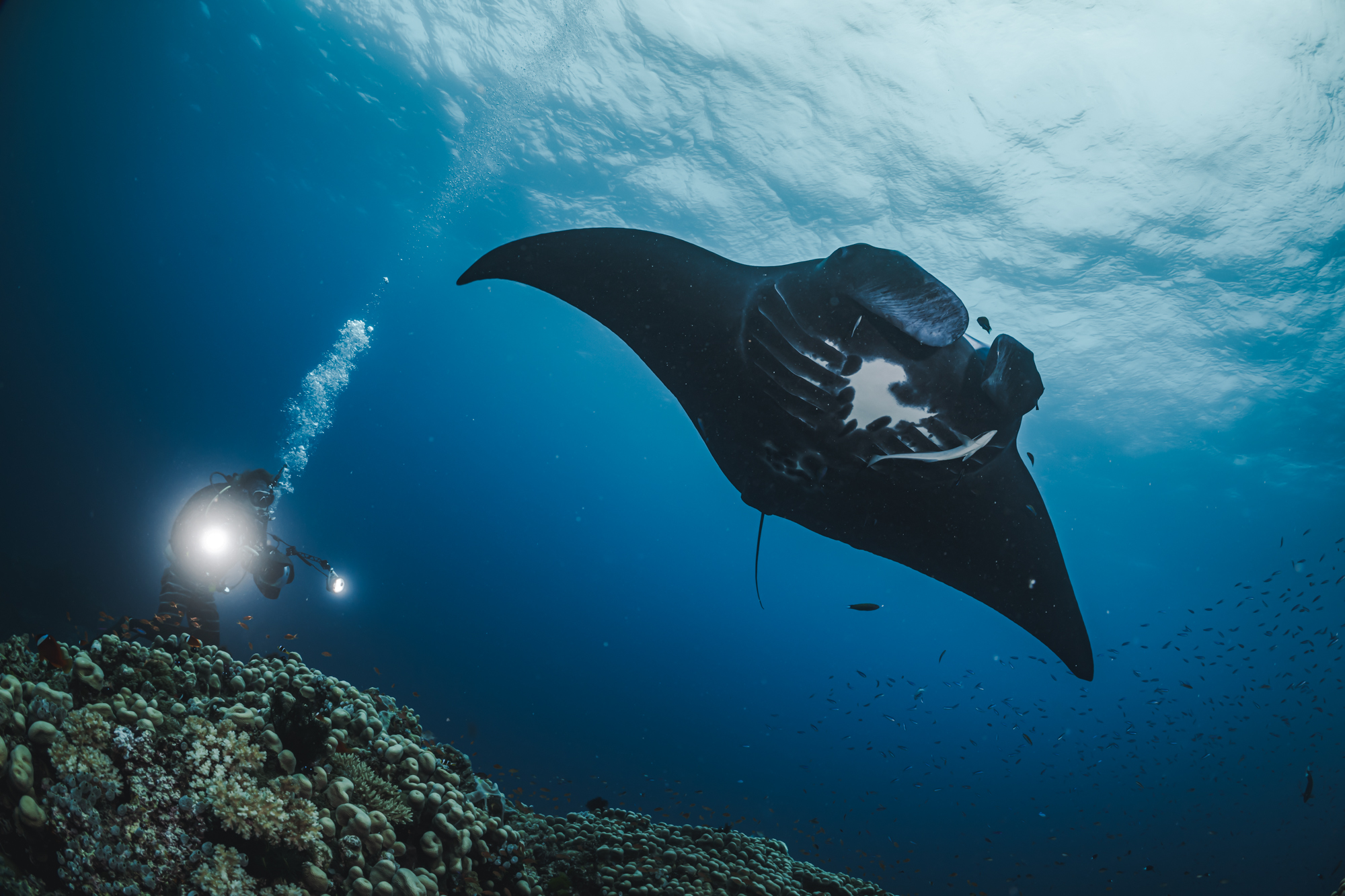As the biggest and the oldest of the world’s seven existing sea turtle species, the leatherback sea turtle represents a sought-after marine species for water sport enthusiasts. Many people want to go diving and swimming with leatherback sea turtles. Perhaps that’s because of its accolades or because it is relatively rare to find, but, for the most part, scuba divers and snorkelers enjoy seeing the leatherback because it’s one awesome animal.
Did you know that the leatherback has a mouth and throat full of spines? It really looks like something out of a horror movie, but these tools are actually used to eat jellyfish! In addition, while most leatherbacks are about five feet long, the biggest sea turtle ever recorded was a whopping 10 feet in length. Could you imagine coming across that sea turtle roaming around a coral reef?
If you’re in love with sea turtles, keep reading. We have put together some information and curiosities about leatherbacks in order to inspire others to protect these amazing animals.
Leatherback Sea Turtle
Dermochelys coriacea
The leatherback sea turtle, also known as the trunk back turtle, is the largest of the sea turtles. In fact, these turtles can reach 6.5 ft (2m) in length and a weight of 2,000 lbs (900 kg). However, the Pacific leatherbacks are bigger than the Atlantic leatherback sea turtles.

Leatherback Sea Turtle Facts
- Name: Unlike other marine turtles, the carapace of the leatherback has no bony scales. Instead, it has cartilage strengthened by a mosaic of thousands of small bones. In addition, the turtle’s carapace is covered with skin and is crossed by seven longitudinal hulls.
- Diet: The leatherback feeds mainly on jellyfish and gelatinous animals, consuming up to twice their own body weight in prey per day.
- Migration: This reptile is a strong swimmer and can travel very long distances. The longest distance recorded was from an adult female that had been tracked to determine her migration. She moved from Indonesia to Oregon, a total of 12,000 miles (19,000 km) – one of the longest migrations ever recorded!
- Habitat: The leatherback is a cosmopolitan species, which can be found in all the world’s waters. It prefers to eat in cooler areas (Alaska, South Africa, New Zealand, etc.) and breed and lay eggs in warm areas (Mexico, Costa Rica, etc.). It can withstand low temperatures due to the high oil content of its body and its great size (this thermoregulatory adaptation is called “gigantothermy”).
- Threats: The leatherback population is under serious threat due to the non-selective fishing (bycatch), fishing nets, pollution and habitat deterioration. Sometimes the turtles eat plastic bags, which they confuse with jellyfish. This can lead to death, so please take care not to throw plastic in the water.
- Current population trend: Decreasing.
- Conservation Status: Vulnerable.
Q&A About Leatherback Sea Turtles
Where can I go diving and swimming with leatherback sea turtles?
For this question, we have created a list of the 10 best places to dive and swim with sea turtles!
How long can a leatherback sea turtle hold its breath?
Leatherback sea turtles can dive up to 1,200 meters and hold their breath for up to 85 minutes. This is thanks in part to its elastic carapace and plate and in part to its capacity for storing a large amount of oxygen in its blood and tissue.
Will a leatherback sea turtle nest more than once a year?
Breeding takes place in different seasons, depending on geographic location. The female nests every two to three years.
Where do leatherback sea turtles lay their eggs?
The major nesting sites for leatherbacks are located on the eastern shores of the Pacific (from Mexico to Panama) and in Southeast Asia, West Africa, Florida, Costa Rica, Colombia and French Guiana.
How many eggs do leatherbacks deposit into one nest?
Females lay 60 to 100 eggs, depositing eggs up to 12 times in the same breeding season. The eggs are huge, with an approximate size of two table tennis balls. This is almost double in size compared to other sea turtle species.
How long does it take for leatherback sea turtle eggs to hatch?
The eggs hatch after 50 to 70 days.
How can I see a leatherback sea turtle nesting or the babies heading to the ocean?
You have to go through serious, eco-friendly operators. Check out our top 10 list for more info.
Sea Turtle Saviors
Fortunately, there are associations that work to save these animals through research, education, training and habitat protection.
For further information take a look at: Hepca, Sea Turtle Conservancy, Olive Ridley Project, See Turtles, Sea Turtle Inc., Sea Turtle Preservation Society and The Leatherback Trust.
Credits
This article was written by Mario Passoni. Special thanks to Alessandra Sulis from Centro Recupero Tartarughe e Cetacei Laguna di Nora.




